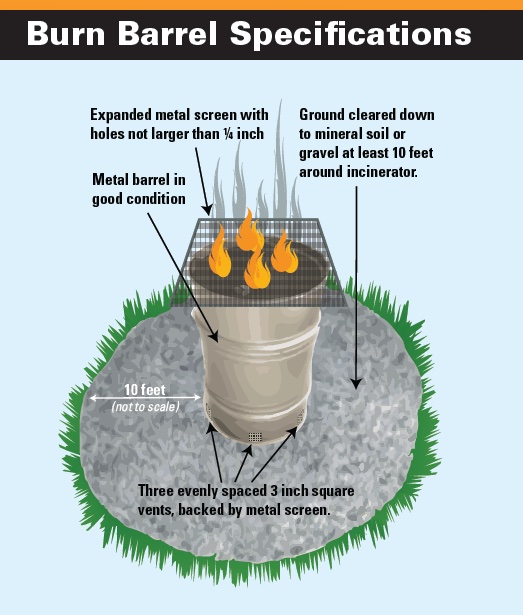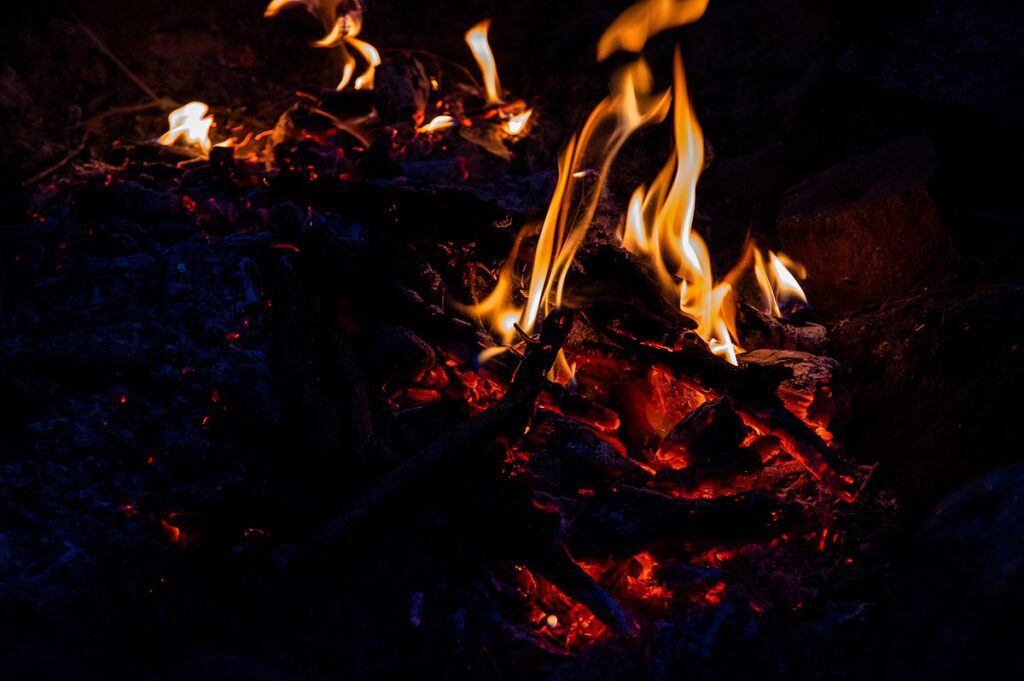Article Presented By Classic Brands…
(Columbus) – As Ohioans await the first day of Spring, the Ohio Department of Commerce Division of State Fire Marshal and Ohio Department of Natural Resources remind residents of the importance of adhering to the state’s burn ban regulations, which took effect March 1st and last through May. Enacted approximately 70 years ago to safeguard property, the environment, and lives, the burn ban is a necessary measure to prevent outdoor fires that can quickly get out of control.
“Safety is a responsibility we all share,” State Fire Marshal Kevin Reardon said. “That’s why it is critical that Ohioans understand and appreciate the significant risks associated with fires, especially during more vulnerable times of the year, and that they adhere to these important restrictions. Together, we can protect our communities and environment.”
“Most people don’t know that Ohio has a spring fire season,” said Greg Guess, fire program administrator and assistant chief for the ODNR Division of Forestry. “As we enter the spring season, we ask that Ohioans increase their awareness of the risks of outdoor burning and make themselves aware of seasonal regulations. This way, we can help to keep Ohio safe from wildland fires in 2024.”

Ohio’s burn ban prohibits most open burning in unincorporated areas during the months of March, April, May, October, and November between the hours of 6am and 6pm. This specific timeframe is chosen due to conditions that make these periods particularly susceptible to wildfires such as dry vegetation and often windy conditions. The prohibition during daylight hours aims to minimize fire risk when these conditions are most pronounced. The statewide burn ban does not supersede more stringent local ordinances within city or village limits, where open burning may be further restricted or prohibited entirely.
If a fire does escape control, individuals should immediately contact the local fire department. An escaped wildfire, even one burning in grass or weeds, is dangerous.
Certain materials are always banned from being burned, especially those that can release harmful pollutants into the environment. Food waste, dead animals, and materials containing rubber, grease, asphalt, or petroleum should never be burned. There are exceptions to and exemptions from Ohio’s burn ban, such as cooking fires, heating tar, or training fires conducted by firefighting personnel. Residents should check the Ohio Environmental Protection Agency’s open burn regulations prior to any outdoor fire and consult with local fire officials about burning conditions in the area.
Ohio’s burn ban has been instrumental in reducing the occurrence of wildfires and other uncontrolled outdoor fires, protecting both natural resources and communities. Violating the burn ban can result in significant fines and even criminal charges, depending on the severity of the offense. Residents who observe violations are encouraged to contact local authorities to report unsafe burning practices.
The ODNR Division of Forestry offers these safety tips for burning debris outdoors:
- Know current and future weather conditions; have tools and water on hand; and never leave a debris burn unattended.
- Be informed about state and local burning regulations.
- Consult the local fire department for additional information and safety considerations.
- Visit the Ohio Division of Forestry’s website and firewise.org for more information and tips on protecting your home and community.
- Consider safe alternatives for debris disposal, such as composting.
- If you choose to burn during unrestricted hours, use a 55-gallon drum with a weighted screen lid to provide an enclosed incinerator.
- Remember: “Only you can prevent wildfires!”
The State Fire Marshal and ODNR urge all Ohioans to stay informed about the specifics of Ohio’s Burn Ban and any additional local restrictions that might be in place. For more information, listen to an episode of the Ohio Department of Commerce’s podcast “Protecting What Matters” by clicking this link.
Additional information on the burn ban, permitted activities and safe burning practices is available here and information on fire prevention is available at com.ohio.gov/fire.



More Stories
Ohio A.G. Seeks Input On Signature Protections
Recommendation Made to Raise Postal Rates
Ohio Becomes First State to Screen Newborns for Duchenne Muscular Dystrophy